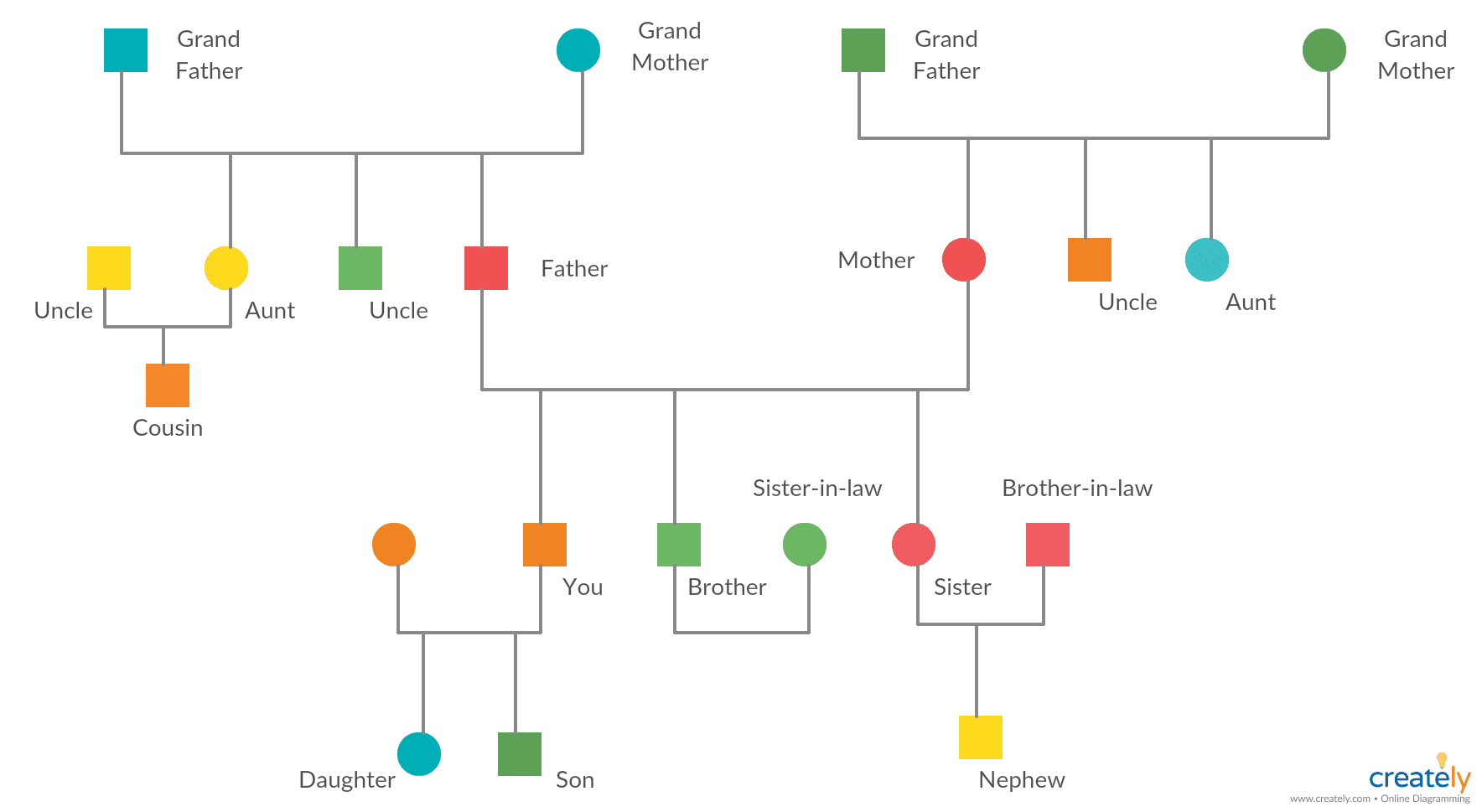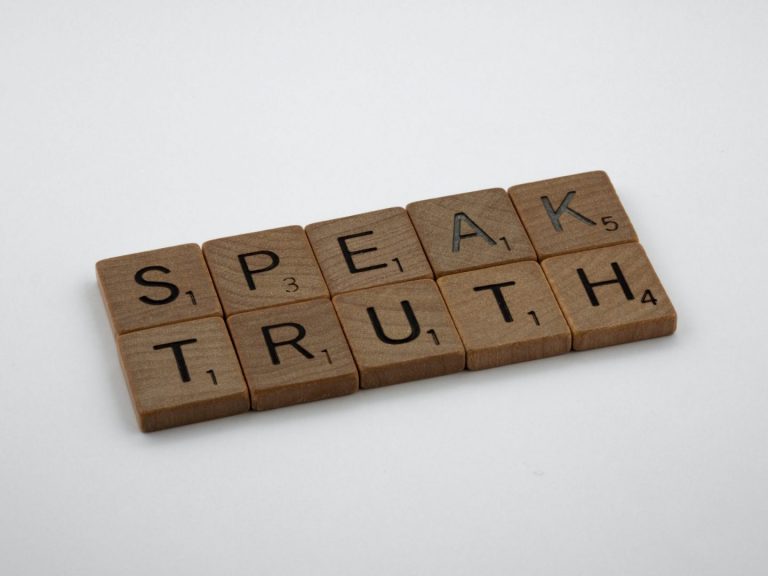What are Genograms?
Genogram is a handy tool I often use in therapy when I’m first getting to know a client, and it’s also something I go back to on occasion and something I keep in mind during our subsequent work together.
Where did the ‘Genogram’ come from?
Genogram is a term that comes from family systems therapy, and it was perfected by the great family systems therapist McGoldrick in the early 1980s. Family systems therapy is a trans-generational approach that works by examining client interactions across generations as a mechanism for understanding and explaining current family problems and anticipating future. It sees the person’s problem – in this case, the client’s – as a potential manifestation of whatever is or was happening in the systems that they belong to. Thus, the person seeking help isn’t the one who’s “disturbed”, but rather it is the system that is. The person then only becomes the one that carries out the manifestations of that system disturbance, they become the “identified patient”.
Understand your roots
One of the most important systems we belong to is our family of origin. If there’s unhappiness or dissatisfaction within the system, that only means that the existent behavioral and relational patterns in the family aren’t very functional, meaning they don’t allow for the satisfaction of people’s needs – whether those needs to be related to interpersonal connections, individual aspirations, etc. For example, there might not be enough open communication, or enough flexibility within the system, and this can reflect negatively on the individual; there might be a big secret or trauma in the family history that shapes the way we relate with each other in one way or another… One’s symptoms reflect the family system’s ability to adapt to whatever is happening.
Understanding Family Systems
Keeping cultural differences in mind, what’s generally considered to be functional within a family system is the existence of connection and togetherness that’s nurturing and supporting of individual differences and that allows for personal growth and realization of our autonomous needs. It’s also important to point out that it isn’t the number of family members i.e., the form of the family that’s crucial. Rather, it’s the relationships, processes, and the quality of both that matter. Different family forms carry with them different challenges, they encounter different limitations, but also rely on different resources. It can also be useful to keep in mind the “stage” a family is in – a household with a young family that has a baby on the way faces very different challenges compared to one that is made of an older couple.
The assumption is that former family relationships act as models for the way newer generations function. We look at historical and current significant, joyful, and stressful events, assuming they could be influencing the presenting situation.
Understand through visuals
Genogram is a visual diagram that represents all this. It shows family connections – the family structure, relations, relationships, and history of at least three generations – the current one and two before it (that would be our client’s generation, their parents, and grandparents). It’s basically a map of family living – a graphic representation of a family system – it shows the kind of life they’re living now, as well as the life they were living before. Information about the past and future family functioning can point to potential directions the family could go in the future too.
How do therapists use genograms?
The way the therapist acquires this information is usually by interviewing the client and at least one additional family member, so they’d get another person’s perspective on the relations, and so someone else (usually older) could fill in the factual gaps. During the interview, or after it, the therapist draws the visual representation – genogram. It shows all the people in the family as well as how they are related and how they relate to the identified patient. It also shows everyone’s age, significant dates and events, medical history, occupations etc. It can serve to point out some risk factors, explain some current behaviors in a trans-generational way, and it can also point to some resources the client or family have and can rely on for the future.
The hypotheses we get to are to be treated as assumptions, not definitive facts. Just guidelines that may or may not be useful. When they prove to be useful, they can help the therapist understand the client better and maybe even help them sooner rather than later. How and if we use this tool is to be adjusted to the client that we have with us. And, of course, this method is just a starting point, and it serves as a compass in our future work with clients. As such, it is combined with our usual therapy methods, depending on our psychotherapy modality.
If you think that you can benefit from professional support on this issue you can reach out here.
Branka Mlinar is a psychologist and Gestalt therapist offering psychotherapy and counselling to adolescent and adult individuals. She’s mostly worked with problems of anxiety, interpersonal and relationship issues, procrastination, work-related stress, trauma, and grief.
References:
Like, R. C., Rogers, J., & McGoldrick, M. (1988). Reading and interpreting genograms: a systematic approach. J Fam Pract, 26(4), 407-12.
Rothbaum, F., Rosen, K., Ujiie, T., & Uchida, N. (2002). Family systems theory, attachment theory, and culture. Family process, 41(3), 328-350.







